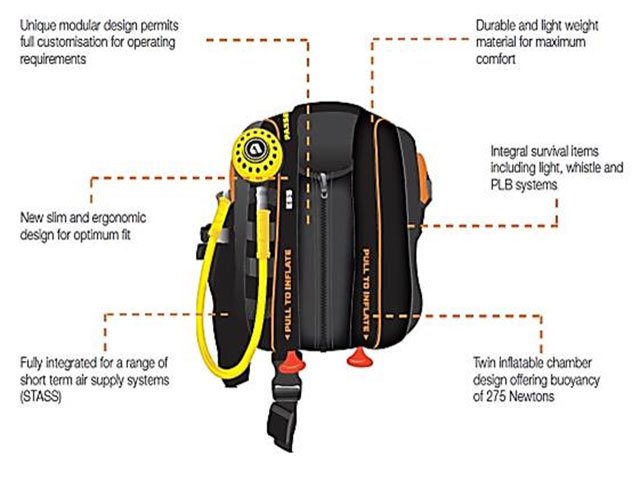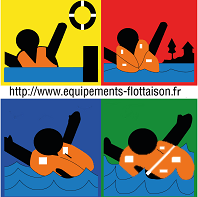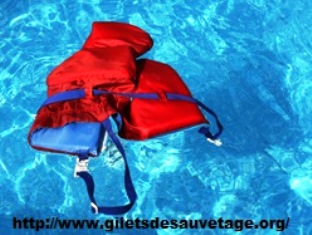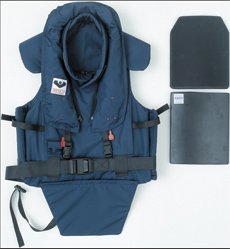Energy Reporter, 10th July 2014

The UK Civil Aviation Authority CAA today confirmed the approval of the new Category A emergency breathing system EBS.
The announcement comes after the CAA proposed a raft of changes geared toward increasing the safety of offshore helicopter flights.
The approval will see the equipment officially introduced into service.
Mark Swan director of the CAA’s Safety and Airspace Regulation Group said: “The safety of those who rely on offshore helicopter flights is our absolute priority. The majority of the work and recommendations we announced in February are aimed at preventing helicopter accidents but ensuring that passengers have the best chance of surviving any accident is also imperative.
“The new breathing system is a major advance on the current system and provides a significantly increased level of safety for offshore passengers.”
The CAA has set strict deadlines for introducing the enhanced technology offshore.
As of September 1 no passengers may sit on the inside seats of a helicopter without the Category A EBS.
As of January 1 next year no passengers may fly in a helicopter without a Category A EBS.Step Change in Safety team leader Les Linklater said the industry’s focus must now be steered toward the necessary training needed to make the upcoming September and January deadlines.
“The certification comes after a lot of hard work and commitment from the EBS workgroup, Helicopter Safety Steering Group HSSG and other industry organisations. It is a clear example of the collaboration that we must strive for in this industry,” he said.“We will now focus on the necessary training for the system and would encourage companies to register for training at the relevant providers.
The provisional date for the first deployment on flights out of Scatsa and Sumburgh is the 18th August 2014. Other UK locations will follow.
“The safety of the workforce is our absolute priority and we will keep in close communication with the workforce as training and deployment commences.”Under the changes passengers will have to conduct a pre-flight inspection of the equipment, put on a flight jacket correctly, conduct a buddy check and carry out an emergency deployment of the EBS in a dry environment before they can go offshore.
Oil & Gas UK chief executive Malcolm Webb heralded the approval as a “significant step forward” for the North Sea.He said: “We warmly welcome the CAA’s announcement today that it has approved a new and enhanced Emergency Breathing System EBS and lifejacket for immediate use on helicopters flying passengers offshore on the UK continental shelf.
“The development of this breakthrough lifesaving equipment is the result of intense, close collaboration between the CAA, the UK offshore oil and gas industry led by Step Change in Safety, and the manufacturers, Survitec, which will allow its use by passengers over a year ahead of the original schedule.“This is a significant step forward for the safety of helicopter operations in the North Sea, and we look forward to the smooth roll-out of the new equipment which is provisionally set for August 18 on flights from Scatsa and Sumburgh.”The new breathing system is just one of the changes the offshore industry will undergo.
Other modifications include prohibiting helicopter flights in the most severe sea conditions in a bid to reduce the likelihood of a ditched helicopter capsizing in the rough water. Pilots’ training and checks will be altered as will the development of standardised helicopter operating information for pilots.
The Offshore Helicopter Safety Action Group, set up by the CAA, will manage the implementation of the changes. It will also examine the impact commercial contracts has on the industry.






